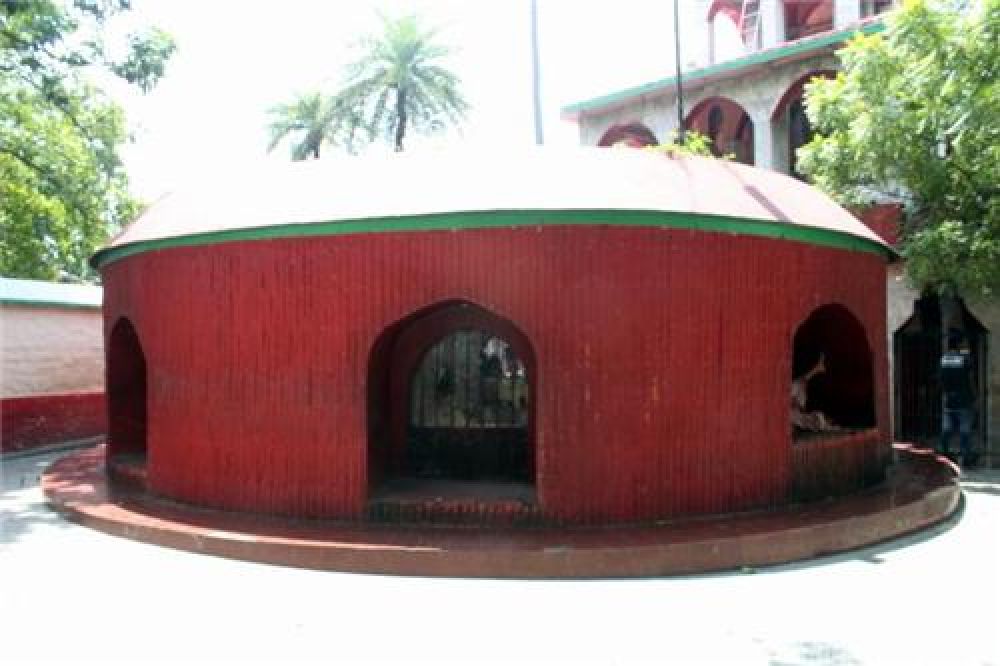

Agam Kuan, which translates to "unfathomable well," is one of the most ancient and intriguing archaeological sites located in Patna, the capital of Bihar, India. Renowned for its historical significance, this well is considered to be part of Ashoka's Hell, a series of structures commissioned by the Mauryan emperor Ashoka, who ruled from 268 to 232 BCE.
Agam Kuan is believed to date back to the Mauryan period, although the exact origins remain shrouded in mystery. According to folklore, it was used as a torture site by Emperor Ashoka before he embraced Buddhism. However, following his conversion, Ashoka is said to have built a Buddhist monastery nearby, which reaffirmed the well's significance as a site of transformation from cruelty to compassion.
The historical lure of the well attracts both researchers and tourists alike. Over the years, Agam Kuan has become a prominent stop for those interested in the ancient history of India or the teachings of Buddhism. The site was also mentioned by several historical figures, including the Chinese traveler Xuanzang, who visited India during the 7th century.
In early times, tourism at Agam Kuan was primarily driven by academic interest and religious pilgrims. As the significance of the site gained recognition, more tourists started to visit, driven by curiosity about India's ancient past.
The government of Bihar has made efforts to preserve Agam Kuan and its surroundings, acknowledging its potential as a tourism magnet. Infrastructure and facilities for tourists have improved, making it more accessible and comfortable for visitors. Informational plaques and guides are available to educate tourists about the historical context of the site.
In recent years, there has been a notable shift towards experiential tourism. Visitors to Agam Kuan are increasingly interested in a holistic cultural experience that includes local cuisine, traditional performances, and artisanal crafts. There is also a growing trend in sustainable and responsible tourism, with visitors and tour operators becoming more environmentally conscious.
With such cultural richness and historical depth, Agam Kuan's tourism history is a testament to the timeless intrigue of India's ancient civilizations. As the site adapts to modern tourism trends, it retains its allure as a nexus of the past, bringing history to life for each new generation of visitors.